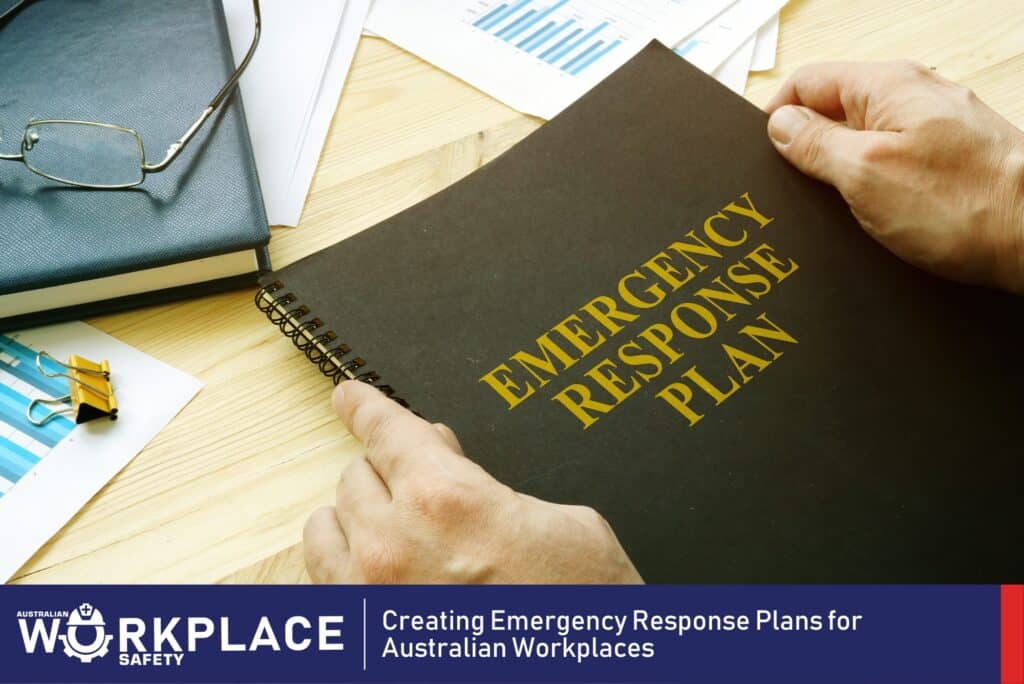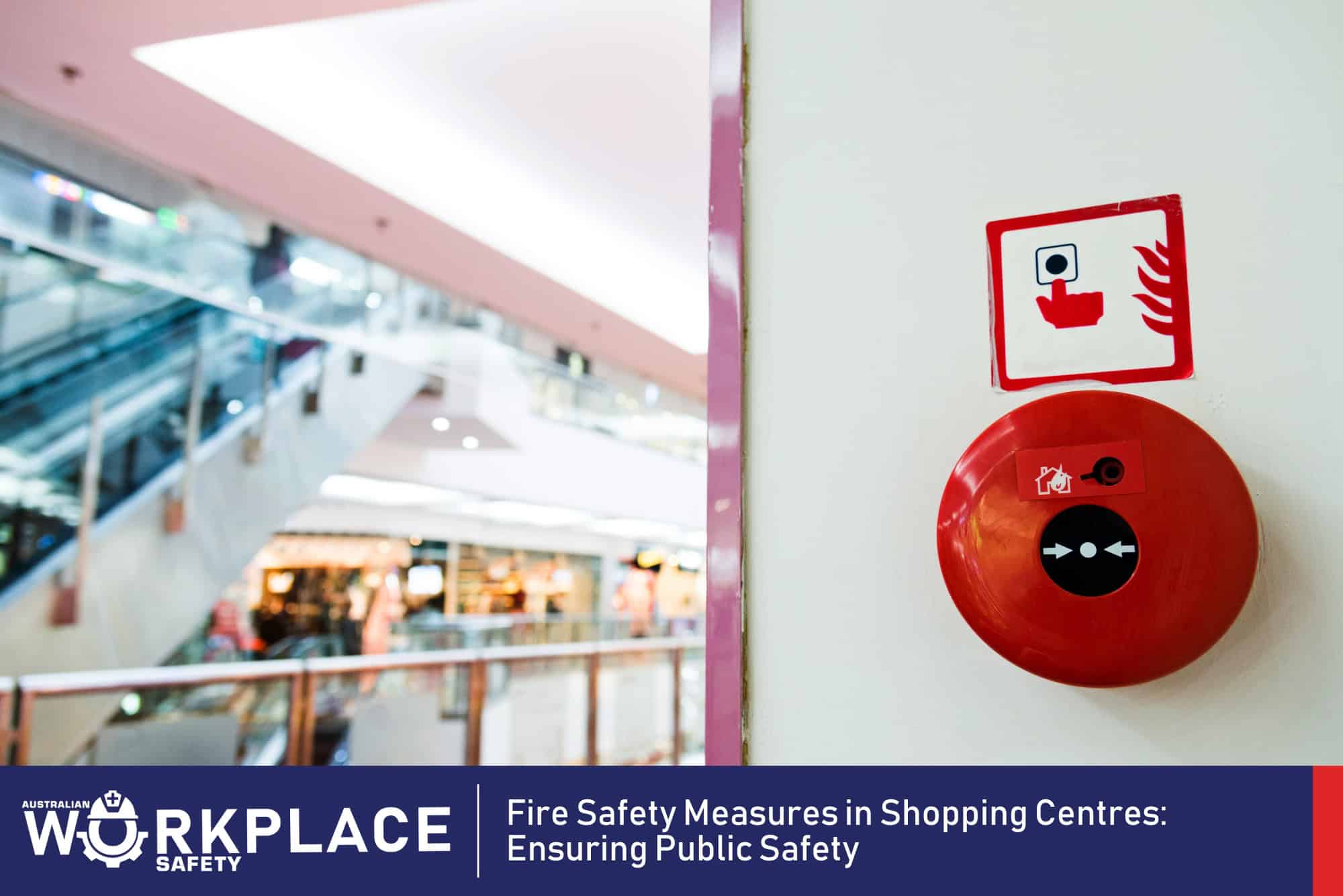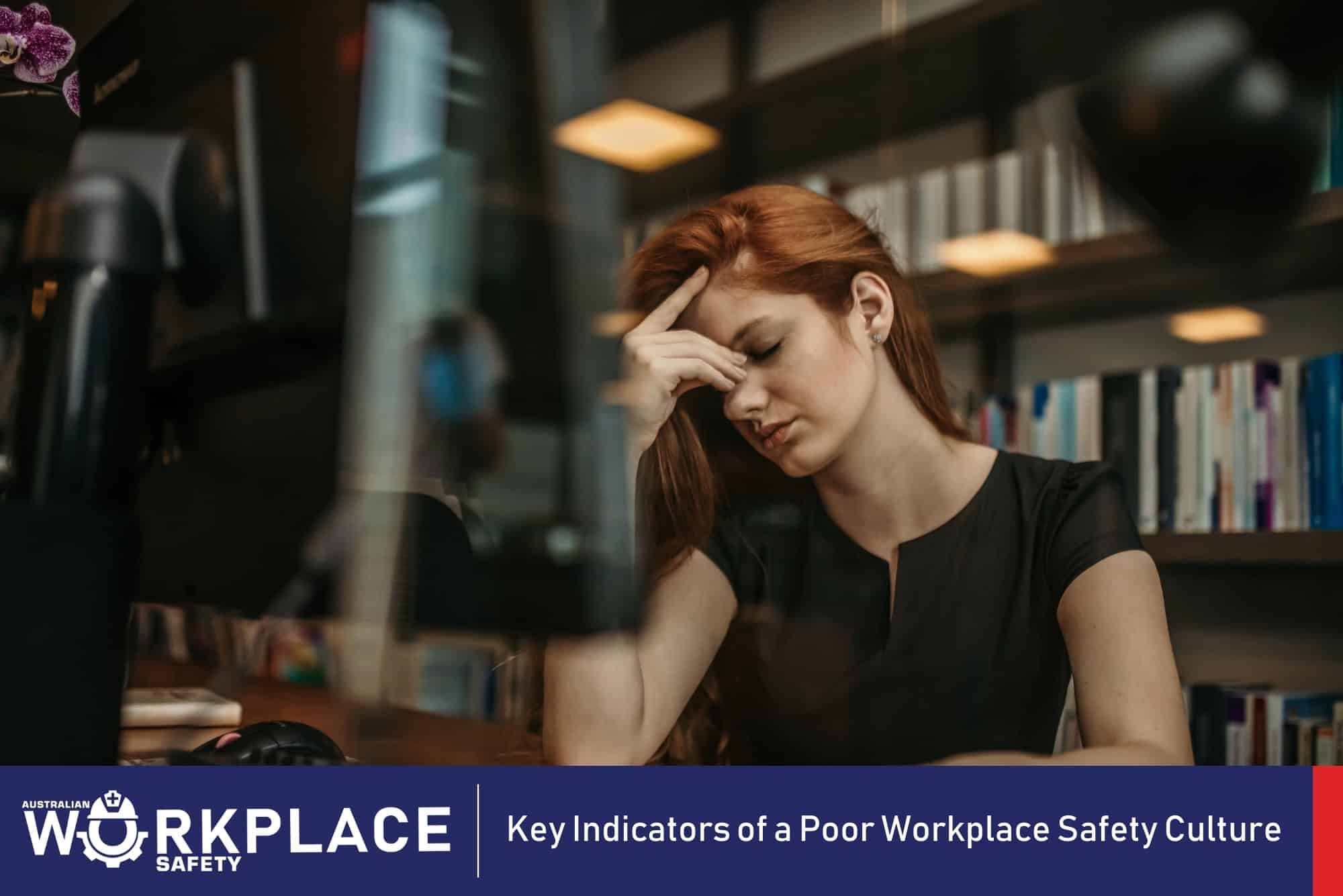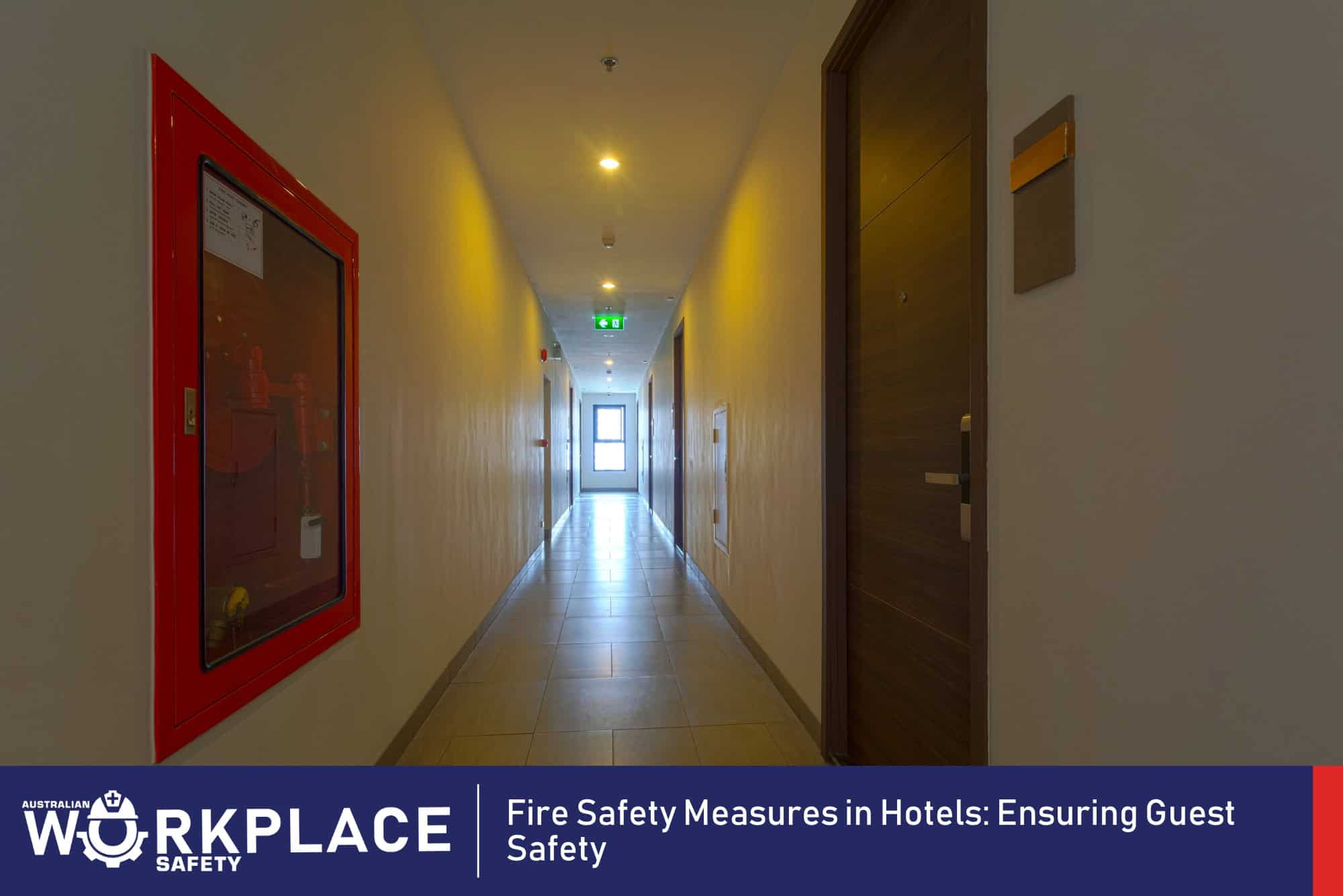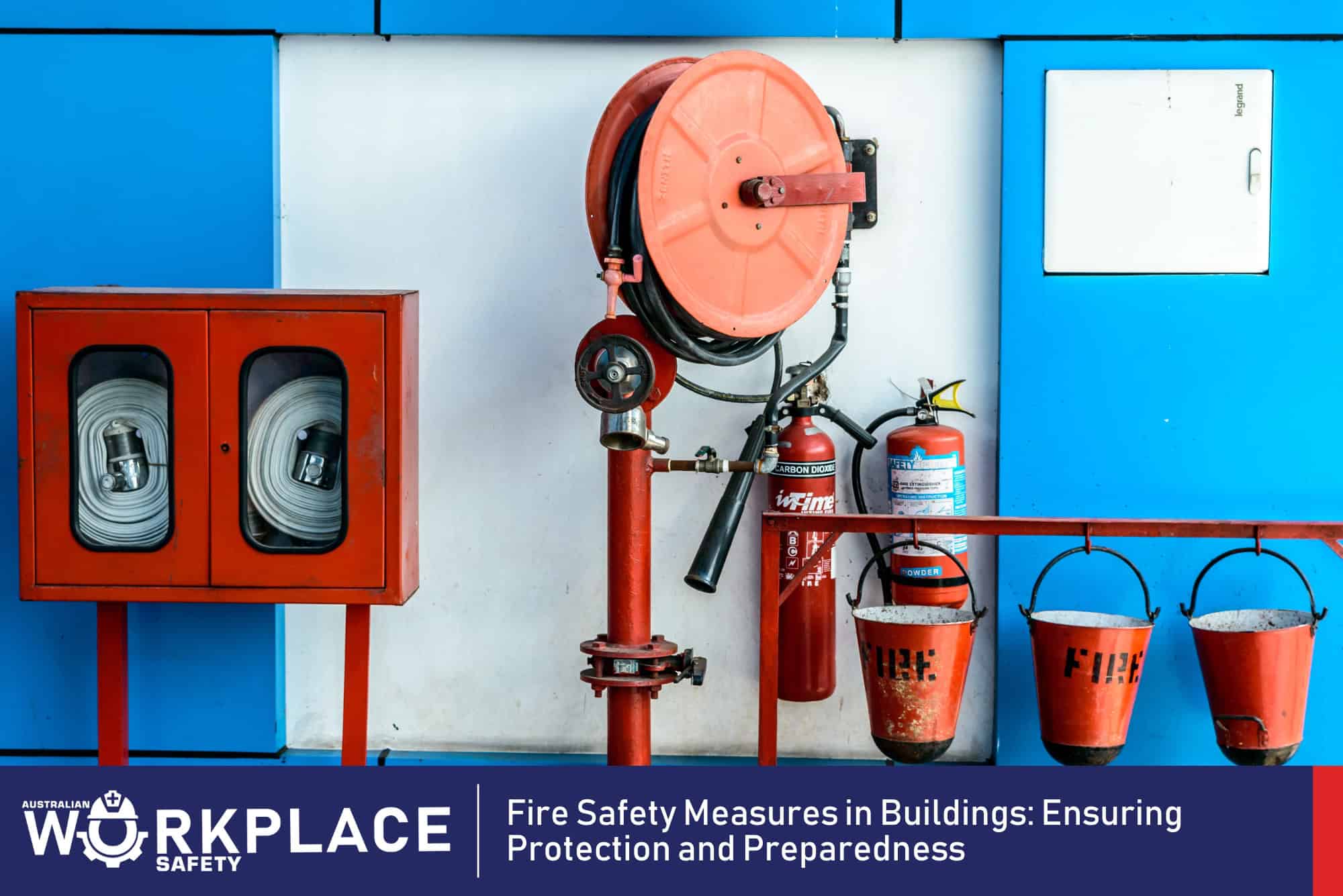Emergency situations can occur unexpectedly in any workplace, and being prepared to effectively respond to such events is crucial for ensuring the safety and well-being of employees and visitors. In Australia, workplace safety regulations require employers to develop and implement emergency response plans that outline the necessary actions to be taken during various emergencies. This article will provide an overview of creating emergency response plans for Australian workplaces, highlighting key elements and best practices.
What is an Emergency Response Plan?
Emergency response plans are essential tools in managing and mitigating the risks associated with emergencies in Australian workplaces. These plans provide a structured framework for responding to incidents such as fires, natural disasters, chemical spills, medical emergencies, or any other events that pose a threat to the safety of individuals within the workplace.
Conducting a Comprehensive Risk Assessment
The first step in creating an effective emergency response plan is conducting a thorough risk assessment. Employers must identify potential hazards and evaluate the risks associated with them. This assessment should consider factors such as the nature of the work being performed, the layout of the workplace, the number of employees and visitors present, and any specific vulnerabilities or special needs of individuals within the workplace. By understanding the risks, employers can tailor their emergency response plans to address them adequately.
Establishing Emergency Response Teams and Roles
Emergency response teams should be established to ensure a coordinated and efficient response during emergencies. These teams may include individuals with specific roles such as emergency wardens, first aid officers, fire marshals, or evacuation coordinators. Each team member should be trained and assigned clear responsibilities to carry out during emergency situations.
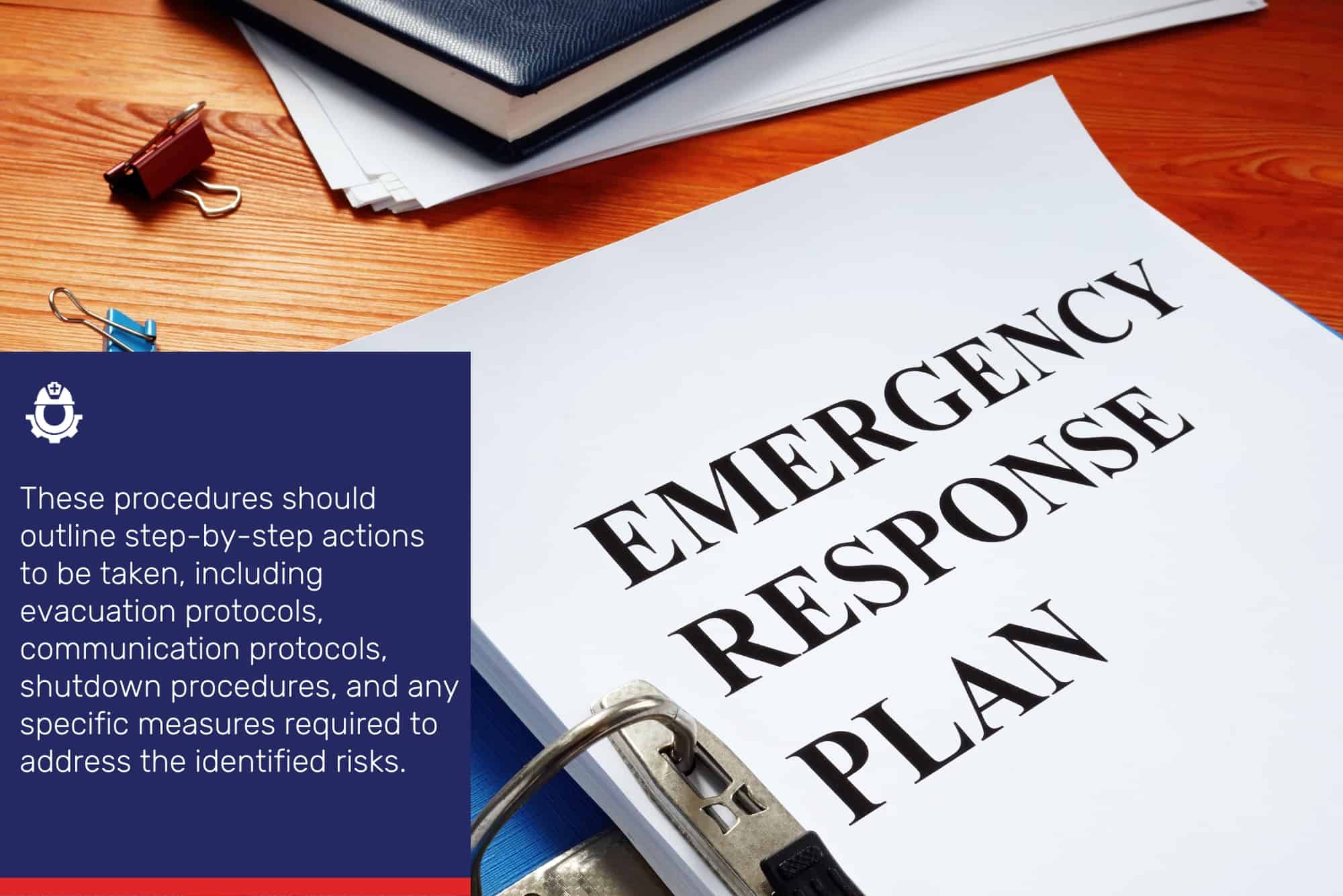
Developing Clear Emergency Procedures
Emergency response plans should include clear and concise procedures for responding to different types of emergencies. These procedures should outline step-by-step actions to be taken, including evacuation protocols, communication protocols, shutdown procedures, and any specific measures required to address the identified risks. The procedures should be easily understandable and accessible to all employees.
Communication Systems and Protocols
Establishing effective communication systems and protocols is crucial during emergencies. The emergency response plan should specify the methods of communication to be used, such as alarm systems, public address systems, two-way radios, or other means of notifying employees and visitors of the emergency. Additionally, communication protocols should define how information will be disseminated, who is responsible for providing updates, and any alternative methods of communication in case of system failures.
Training and Drills
Regular training and drills are essential to ensure employees are familiar with the emergency response plan and can effectively carry out their assigned roles. Training sessions should cover topics such as emergency procedures, evacuation routes, the use of emergency equipment, and basic first aid. Conducting drills and exercises at regular intervals allows employees to practice their response to emergencies, identifies areas for improvement, and increases overall preparedness.
Regular Review and Updates
Emergency response plans should be reviewed and updated periodically to ensure their effectiveness. Changes in the workplace environment, personnel, or regulations may require adjustments to the plan. Regular reviews should consider lessons learned from drills, incidents, or near misses, and incorporate any new information or best practices. Employers should also seek feedback from employees to identify potential areas for improvement.
Conclusion
Creating comprehensive emergency response plans is essential for Australian workplaces to effectively respond to emergencies and ensure the safety of individuals within the premises. By conducting thorough risk assessments, establishing emergency response teams and roles, developing clear procedures, implementing effective communication systems, providing training and conducting regular drills, and reviewing and updating plans
Disclaimer: The information provided in this blog is intended for general informational purposes only. The safety practices outlined are based on general principles and may not address specific workplace conditions or legal requirements. It is important for employers and employees to consult with relevant occupational health and safety authorities, legal professionals, and industry-specific guidelines to ensure compliance with applicable laws and regulations. Every workplace is unique, and safety practices should be tailored to specific circumstances and risks. The author and publisher of this blog are not liable for any damages or losses that may arise from the use or implementation of the information provided.
